ما مدى أهمية حدة العدسة في تصوير الحياة البرية؟
How Much Does Lens Sharpness Matter in Wildlife Photography?
إذا كان هناك جانب واحد من العدسة يتم مناقشته أكثر من أي جانب آخر، فهو الحدة. في تصوير الحياة البرية، تكون الصور الواضحة مطلوبة بشكل خاص، مع بعض الاستثناءات القليلة. تعد تفاصيل الريش الدقيقة في تصوير الطيور من أول الأشياء التي أبحث عنها في لقطاتي الشخصية. ولكن ما مدى أهمية حدة العدسة في تصوير الحياة البرية؟
جدول المحتويات
ما هي حدة العدسة؟ العدسة الحادة لا تعني صورًا حادة! العدسة الأقل من المتوسط لا تعني صورًا ضبابية! هل يجب عليك الترقية إلى عدسة أكثر وضوحًا؟
If there’s one aspect of a lens that is more discussed than any other, it’s sharpness. In wildlife photography, sharp photos are especially sought-after, with just a few exceptions. Fine feather detail in bird photography is one of the first things I look for in my own shots, personally. But how much does a lens’s sharpness really matter in wildlife photography?
Table of Contents
How Much Does Lens Sharpness Matter in Wildlife Photography?
إذا كان هناك جانب واحد من العدسة يتم مناقشته أكثر من أي جانب آخر، فهو الحدة. في تصوير الحياة البرية، تكون الصور الواضحة مطلوبة بشكل خاص، مع بعض الاستثناءات القليلة. تعد تفاصيل الريش الدقيقة في تصوير الطيور من أول الأشياء التي أبحث عنها في لقطاتي الشخصية. ولكن ما مدى أهمية حدة العدسة في تصوير الحياة البرية؟
جدول المحتويات
ما هي حدة العدسة؟ العدسة الحادة لا تعني صورًا حادة! العدسة الأقل من المتوسط لا تعني صورًا ضبابية! هل يجب عليك الترقية إلى عدسة أكثر وضوحًا؟
If there’s one aspect of a lens that is more discussed than any other, it’s sharpness. In wildlife photography, sharp photos are especially sought-after, with just a few exceptions. Fine feather detail in bird photography is one of the first things I look for in my own shots, personally. But how much does a lens’s sharpness really matter in wildlife photography?
Table of Contents

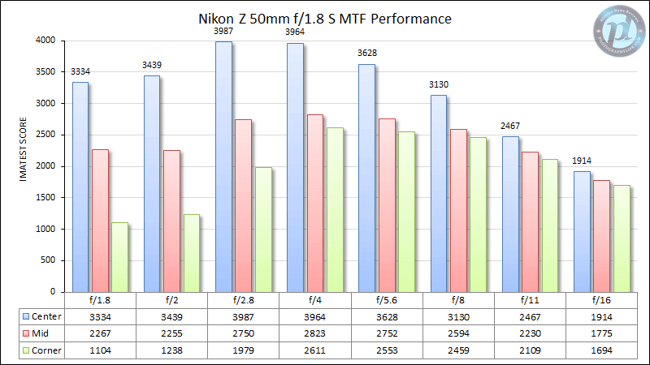
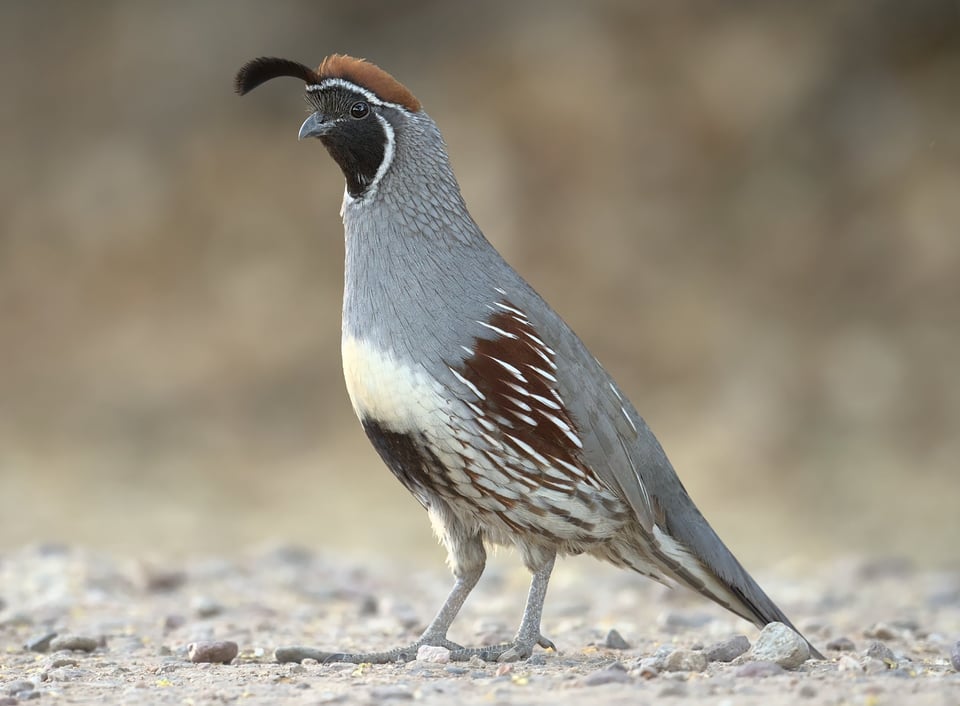
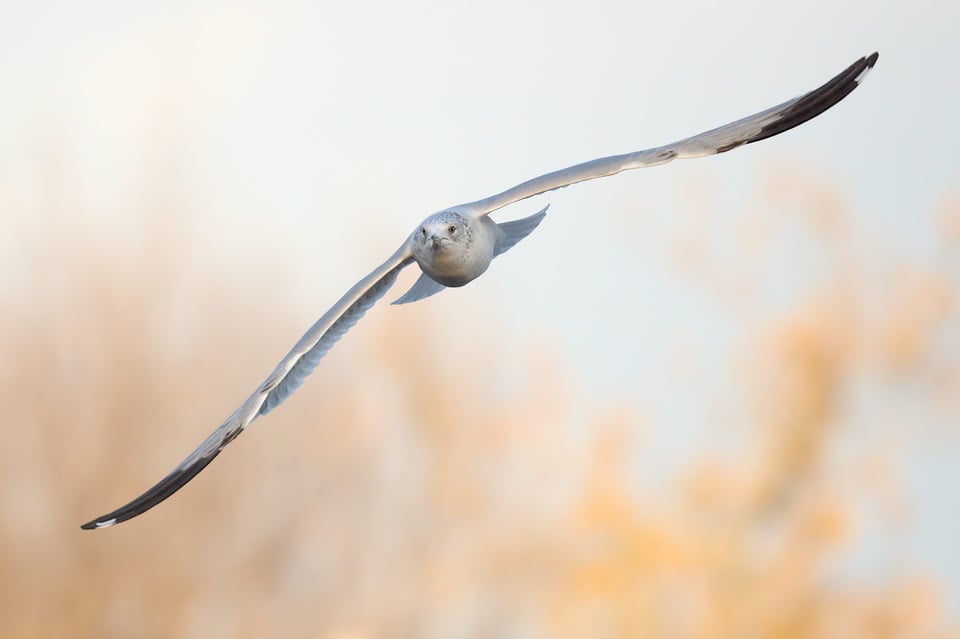
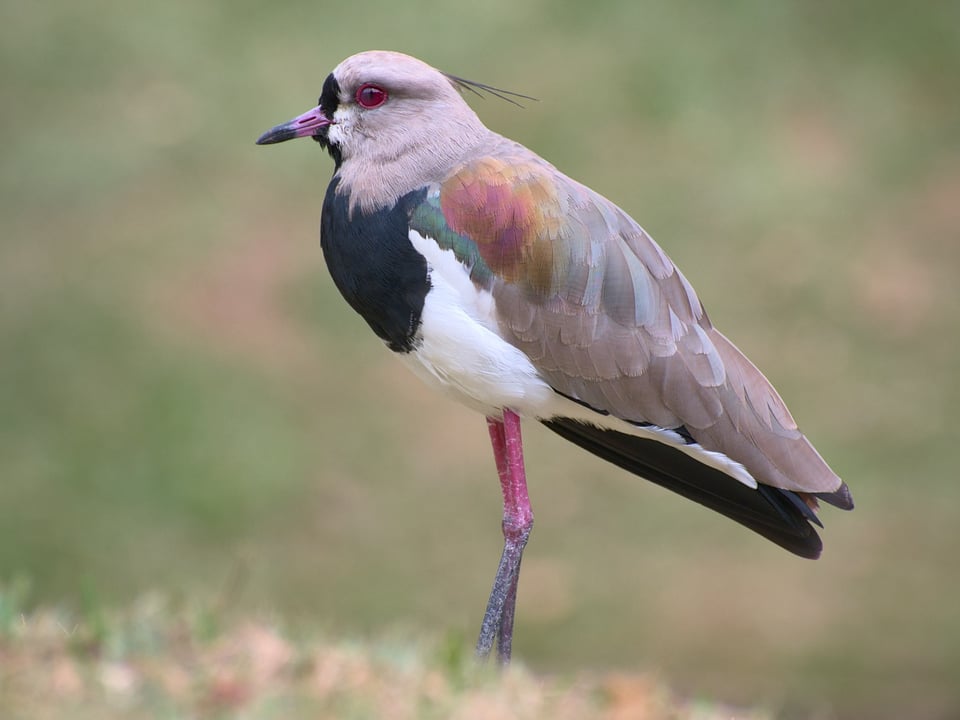
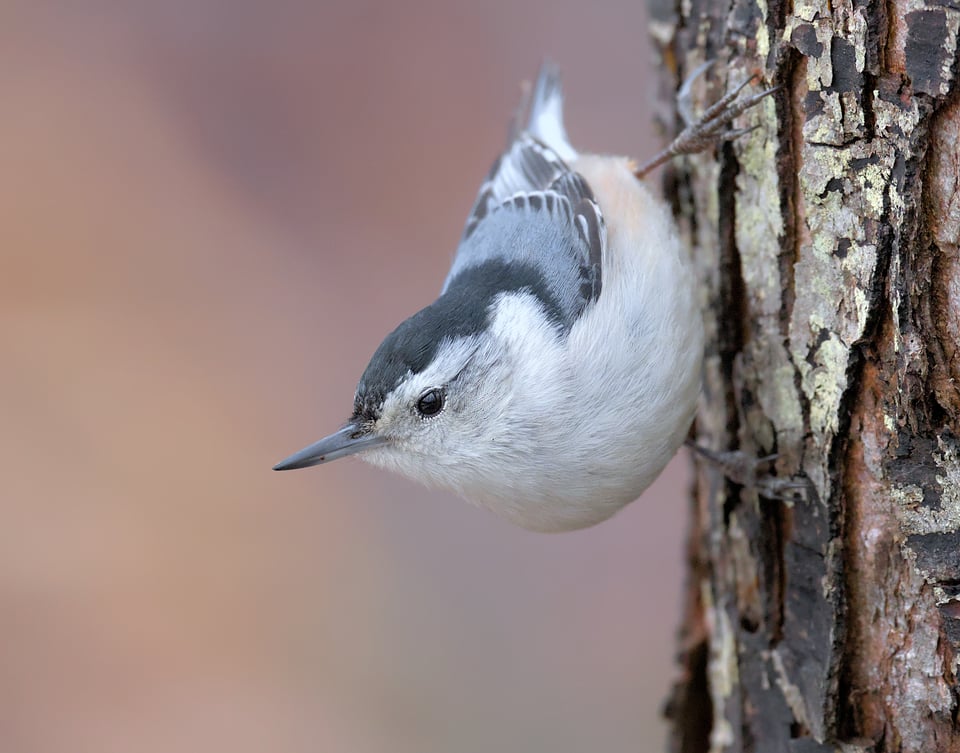

تعليق